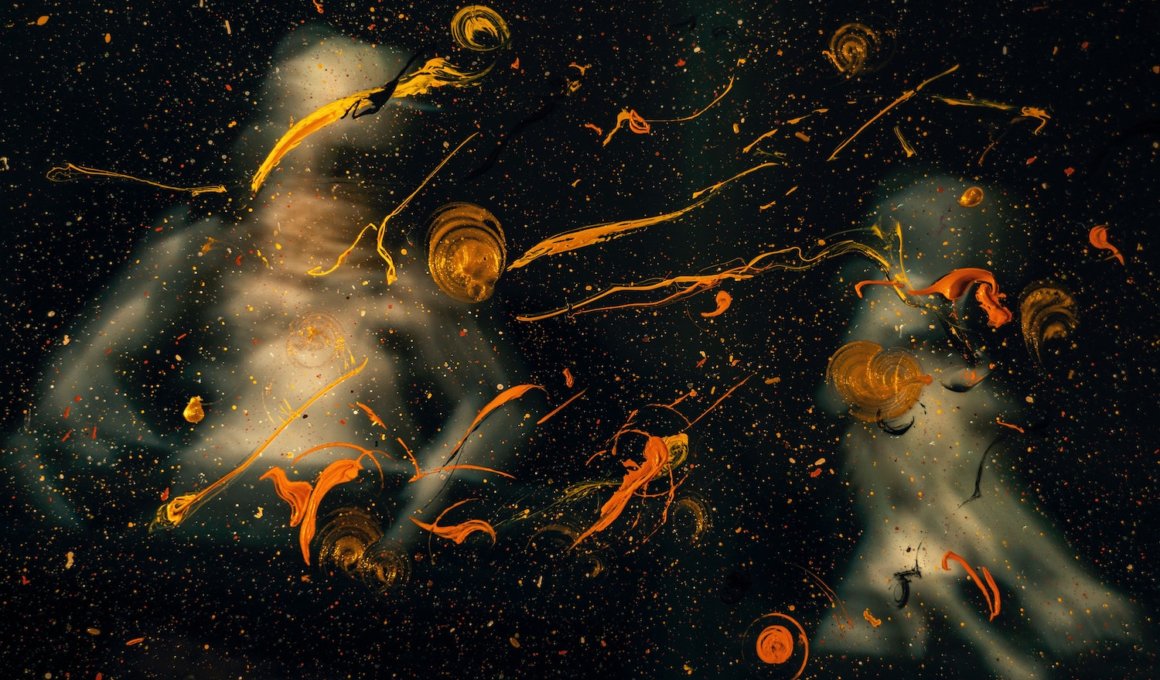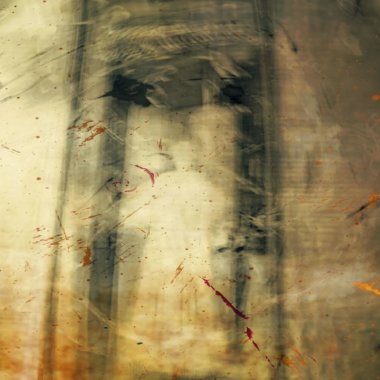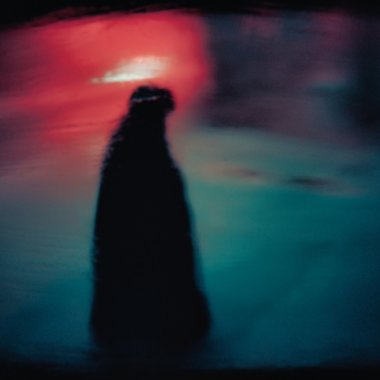After my last encounter with the cave man, not once did he appear in my dreams again; neither did I invite him. He had assured me he would no longer assist me, not even if I hadn’t figured out how to deal with myself. I was on my own. He had had enough, so to speak, and was tired of it all. It wasn’t so much that he had disappeared, as that he had stepped out of my life, graciously, I might add. He kept his word, and I began to feel safe in the world. He never told me his name, and I never asked.
Later, maybe fifteen years or so after he and I shared fish heads (he eating them whole and I not ingesting even one of them), I was browsing in a used bookstore and came across a late nineteenth century edition of fantastical tales. Intrigued, I opened it to the table of contents and ran my finger down the titles, until I came to this one: “The Tale of Lofar” by an author who wished to remain anonymous. I sat down in an easy chair and began to read.
The Tale of Lofar
This is the story of Lofar, a nomad. No one knows him. No one has ever seen him. No one has ever heard of him. He is nothing, because he exists in my imagination. I can tell you how he looks and how he acts, but that is about all. I can’t tell you if he is real or not. If he is a dream, well, I can’t tell you that either. But does it matter? Lofar showed me many things, but about the imagination he was silent. I asked him if such a thing exists, but he wouldn’t answer me. At first, I didn’t understand that he was without a language of words, so we decided to find a way to communicate. Eventually we hit upon a system that satisfied both of us, at least for a while. He drew symbols and I interpreted them, and then he indicated to me, as best he could through inventive gestures, if I was right or wrong. We made out better than I would have thought possible.
Lofar and I kept up this symbol-making communication until we had compiled a little book. And that’s how we talked to each other—he with symbols, and I with words. One evening I suggested that we switch languages. He didn’t agree and, unlike his rather calm disposition, grew hostile to the idea. He was allergic to words, and he would disappear if he had to engage in such an activity. Poof! Just like that. I personally didn’t think it was such a bad idea if he disappeared because I had work to do, and as long as Lofar hung around I wasn’t getting my work done. Furthermore, I tended to ignore him from time to time, but when he caught me in the act, he made it clear that he found my behavior rude and uncompromising. Thus, when I insisted on scaling back our interactions, he adamantly protested. Lofar was having so much fun he didn’t want to quit, and he even revealed that he had never interacted with someone like me. I can’t say that I didn’t enjoy what we were doing, but the symbol-making games stretched me in ways that felt almost alien. I did not like this feeling, and I took it as a warning.
The interactions continued on his terms, but, eventually, he conceded that if we kept doing what we were doing inside my imagination it might be the death of him. He could only do so much imagining in a language only he understood. I then realized, for the first time, that he had never comprehended my translations, and I had become his partner in crime. He and I were engaged in a death-making game, one that would upend his world (and mine too, I found out soon enough) and cause his demise. I demanded that we stop and used the excuse that it was taking up too much of my precious writing time. He shook his head, sputtered out sounds I had never heard before, and then he produced that frightening gurgling death rattle I had first heard when my grandfather died. Lofar was indeed dying. Suddenly I felt my body slipping away from me, my imagination moving out of focus into the sputtering, gurgling throwing away of Lofar’s dying.
I killed Lofar. God forgive me. His death offended me even though I might have unintentionally caused it, and I cursed God and myself in the same breath. Although I had silently wished him away but certainly not dead, he was beyond my own inventiveness, beyond the slimmest of the imaginative world left to me. I could not keep up with him: his symbol-making games, his disguises. There was no solace, however, in his death, for had I known he was forever in eternity I would never have allowed him into my imagination. Not once. Not for a second. Thus, without notice, without the slightest bit of awareness on my part, he began his provocations, his clever insurrections belittling me in every way he could think of—willfully striding through my imagination, teasing me as he begged on his hands and knees for permission. He was in charge—without compunction, remorse, or self-reproach. Not one to acquiesce to his dictates, I was, ashamed to say, unequivocally disarmed, without any armor whatsoever. No, his behavior in his forever existence bordered on abuse. He had become a tyrant.
How I hated him! Torturing me every second of the day and night, playing his trickster games with those disguises, as if I didn’t have the wits to puncture them. Now he was a beggar, a priest, a store clerk, then a jockey, a magician, a politician, a trapeze artist, a ballet dancer, a teacher falsifying his academic credentials. One time he impersonated the president of a foreign country. When he posed as an artist, I painted symbols that he understood: This is enough! You are not Botticelli or Rembrandt or Van Gogh. I could not blot his eternal presence out of my life.
Sometimes he wore a blue scarf tied around his head. I asked him what that was all about. He ignored me; then he wrapped it around mine, and I got a devil of a headache and threw that ugly piece of cloth in the fireplace. One night he walked into my dream, leaning on a cane. He had injured himself falling down the staircase of my imagination, and he was badly beaten up. I said, It’s time for you to leave. Now go. Just then a dove flew onto his left arm and he held it up for me to see. Just like him to taunt me. I almost pleaded with him to let me become that dove, to escape from his torture and fly away from myself, leaving him and my imagination behind. To be so outwitted by his dead spirit!
I was exhausted. He was dragging me down. I could not sleep; I could not eat. I could not wash or mend or sew or sweep or even change my clothes. I was a ruined woman. I abhorred my chores. I was sullen, moody, depressed. Once, while I was mopping the floor, he enacted one of his most malicious disguises and circled the room with his wings outstretched, his body snug against the ceiling, his long tail sweeping the floor swishing the dust from side to side. He looked like a combinatory snakebat, at which point I thought I had lost my mind. I was turning into an icicle, my face frozen inside his fluttering wings, as he breathed the pain of eternity inside me. I knew, then, what the wing of time felt like at one with his wind and the freezing rain.
I sat in my easy chair, incapable of movement or clear thought. Why did I find this fantastical tale so disturbing? What was I supposed to do with this demonic creature, this Lofar, this dream figure so antithetical with the cave man, whom I hadn’t thought about it in years but now recalled as a positive force in my imagination? Then it struck me that Lofar was a creature from a fallen world, driven by some diabolical force, a snakebat in disguise.
Sitting there in the used bookstore, I knew Lofar would have ruined me if I had let him, so eager he would have been to tempt me with his symbol-making games. And to think that I might have fallen for them. No, I needed to separate myself from Lofar, put centuries between him and the cave man, remove him from the center of the scene altogether. They would henceforth live in bifurcated worlds, originating from entirely disparate sources—one made out of fiction, the other out of the imagination.
But there I was, deconstructing the narrative and moral of the “Tale of Lofar,” grinding my analysis into a deep hole. I would not do that. No, I could not do that. I needed to leave that combustion for another day, year, era, century. I closed the book, stood up from my easy chair, returned “The Tale of Lofar” to its proper place on the shelf, and walked out into the sunshine. There and then I left behind my thoughts, feelings, judgments, and memories of Lofar. I would leave it to eternity to choose who would travel in his world.




2 comments
From the beginning, I was thinking that the cave man was some kind of Jungian trope. A dream phenomenon which is common to the human psyche but which manifests differently depending upon the contemporary cultural milieu of the perceiver. The man seems to answer a different psychic thirst for each different dreamer. The whole four stories are fascinating, especially the last two. I will think on these.
The photos attached to each of the four stories of Lothar are beautiful and fitting.
The narrator is more confrontational in this Tale, but Lofar is more aggressive here, more capable of criminality. She can’t get rid of him, but at the same time she is tied to him through this psychic theme—entry into her dreamworld or participation in his. She finally rids herself of all Lofars and walks out of the bookstore never to encounter him again.